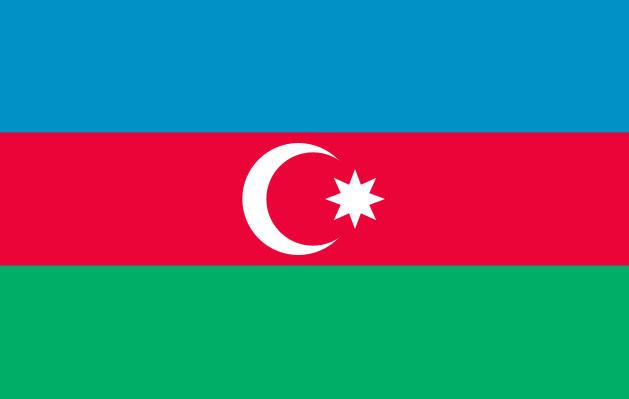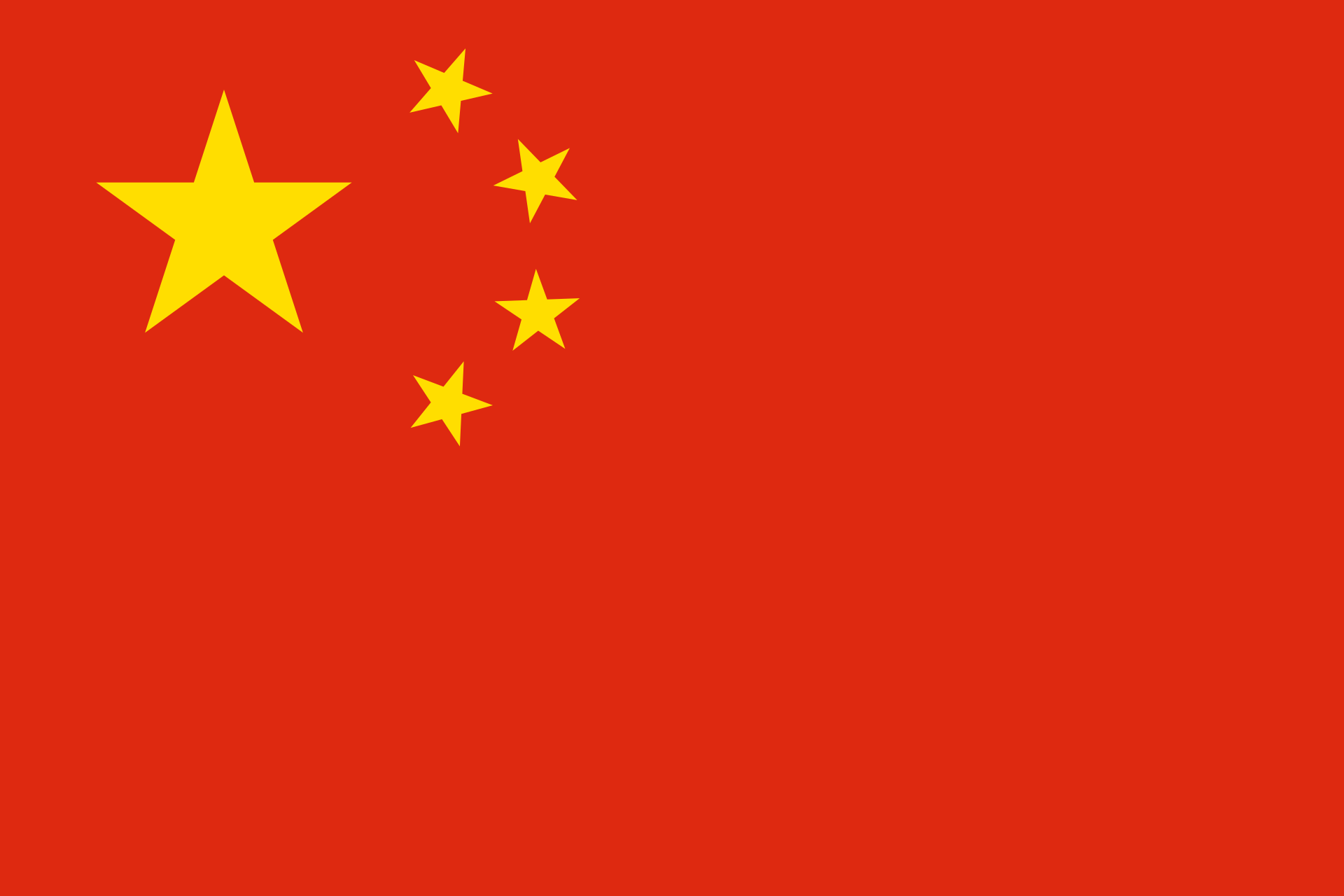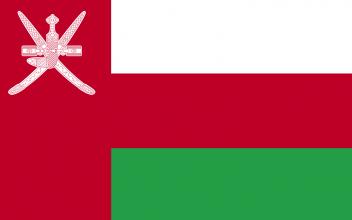Recent discoveries of coin hoards from Central Asia and Pakistan: new numismatic evidence on the pre-Kushan history of the Silk Road
Coins remain a chief source of information on the history of the Indo-Greeks and their successors in Central Asia and India. Large numismatic treasures of extraordinary historic significance were recently found in several sites in Afghanistan and Pakistan, such as Mir Zakah, Ai Khanum, Bajaur, Wesa, Mian Khan Sanghou, Khauzikhelai, Attock, Siranwali and Sarai Saleh. Thanks to these coins, which are scattered all over the world, it has been possible to gain new insight into the chronology of the rulers of Central Asia and India between Alexander’s conquests in the fourth century BC and the rise of the Kushan Empire in the first century AD.




